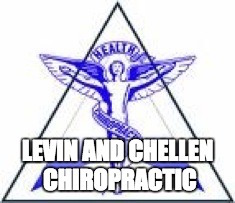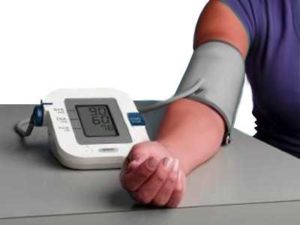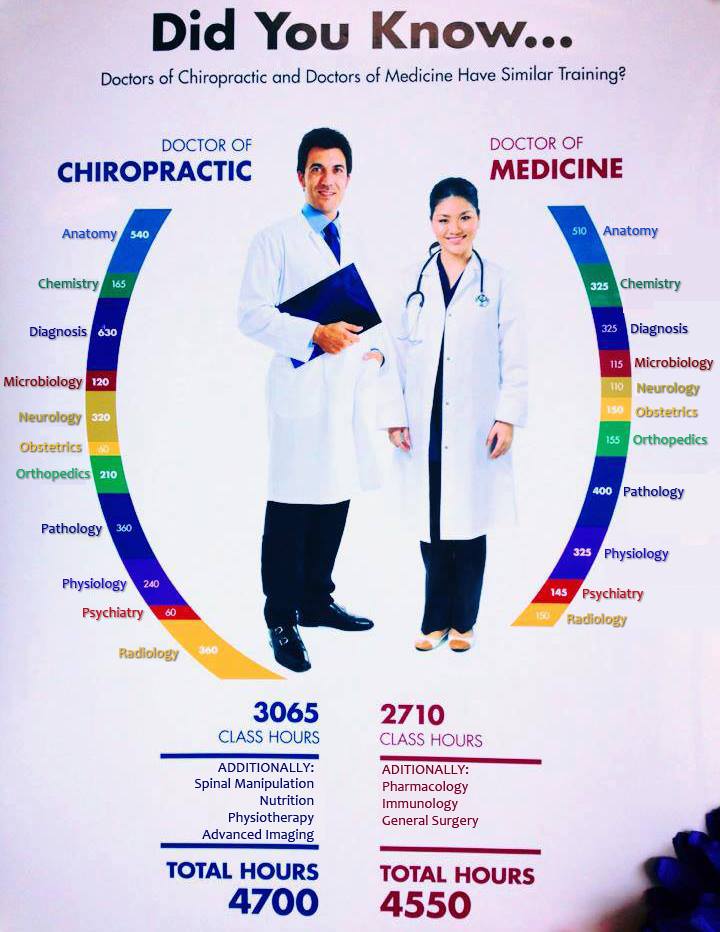
Examination and Health History: No Compromise Regarding Your Well-Being
A thorough and thoughtful practitioner will never compromise their intent to understand a patient’s condition when examining or interviewing their patient. The better understood, the more exact and efficient the treatment can be. You should always expect an examination and health history wherever you go for care.
Your health history form is a significant part of the information-gathering process. It allows us to proceed to the examination supplied with a good basis of clinical data to aid in an accurate diagnosis. Together they lead us in a specific direction toward safe and focused treatment. The doctor can now determine whether other concerns and specialists are needed to complete your care.
In most cases, imaging an area of concern with X-rays or MRI (magnetic resonance imaging) is unnecessary. When there is a need for that information, we will refer you to an imaging facility.
 The physical examination includes the following components:
The physical examination includes the following components:
- Vital signs: blood pressure, pulse
- Orthopedic Testing: done to determine the structural nature of your condition. Simply put, it is “stress testing” the body to observe any reactions common to known conditions. Range-of-motion (ROM) testing is also done to observe the patient’s ability to move compared to known normal measurements.
- Neurological Testing: done to determine the degree of nervous system involvement. Here we stimulate the body to elicit reactions that indicate normal or abnormal nerve function. A deep tendon reflex (DTR) with a reflex hammer, for example; a pinwheel test, and muscle strength testing are others.
- Chiropractic Examination: done to determine the nature of any misalignments or distortions in your joints primarily, but also in your soft tissues (muscles and connective tissues). Components may include:
- postural assessment
- spinal segment “reflexes”
- muscle tone, texture, and temperature palpation
- range of motion or palpatory motion of individual joints
- leg length inequality analysis
As an added note, “Did You Know…?”

There are also many hours spent in internships for student DCs and as residents for student MDs doing “real life” practical work, applying that course work in caring for real people while under the supervision of instructors and field doctors.